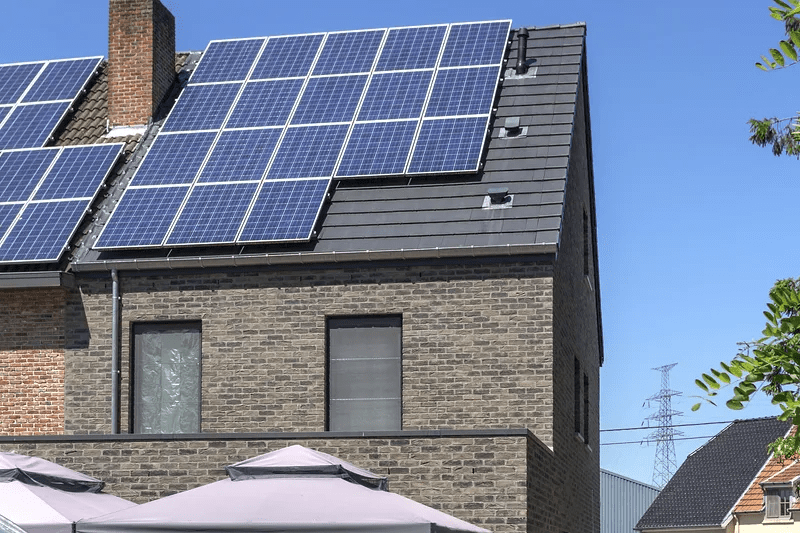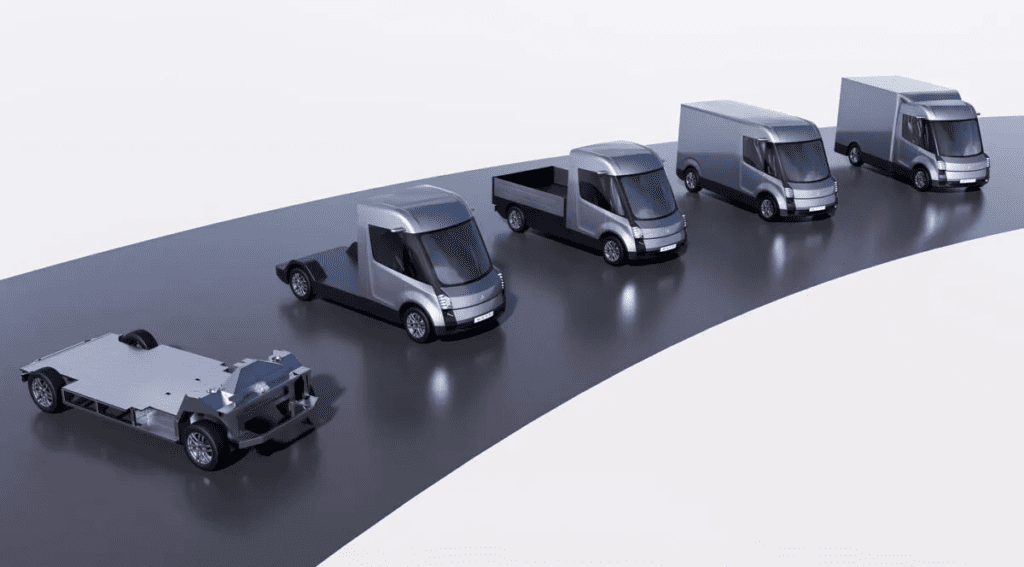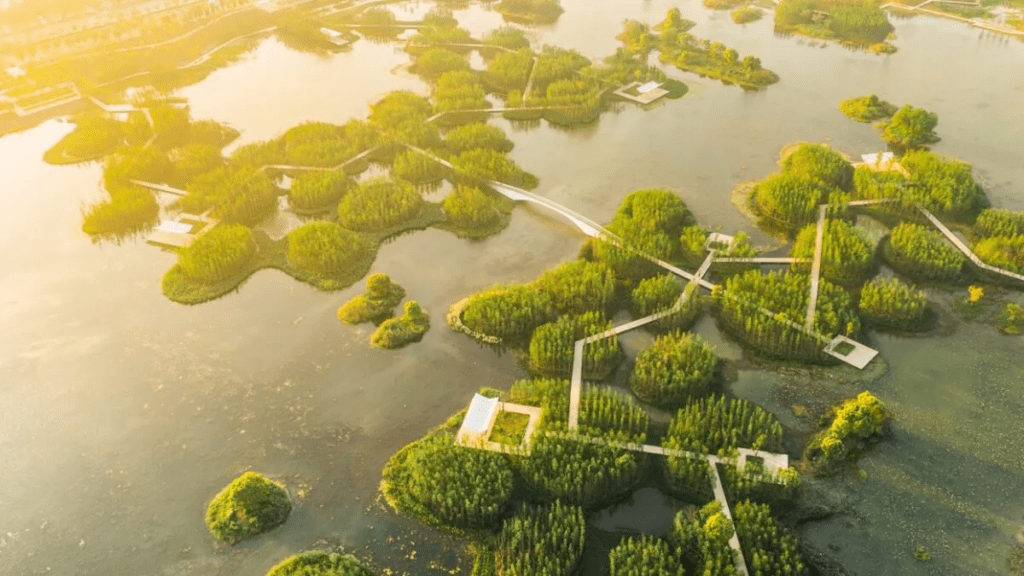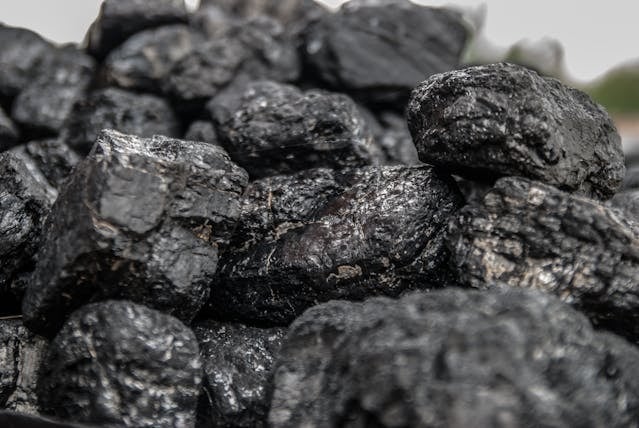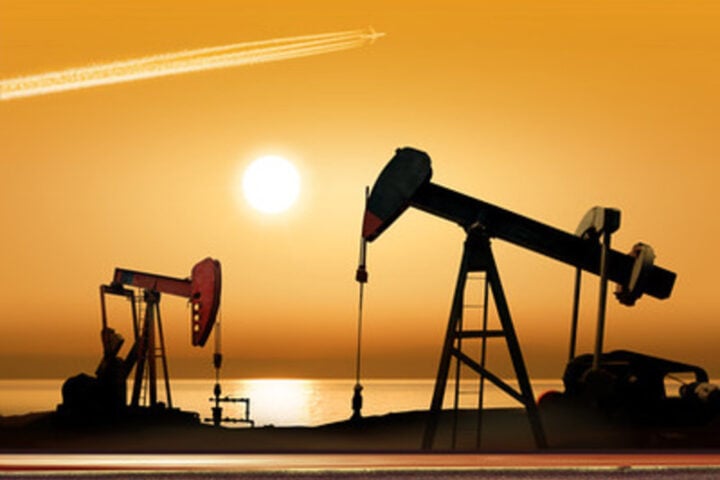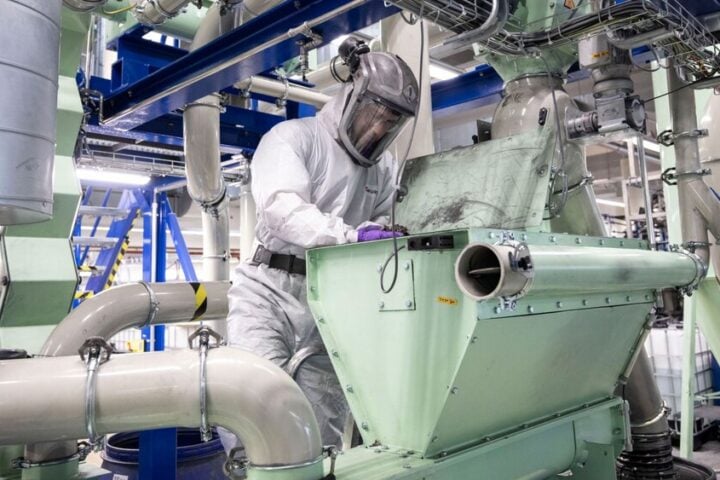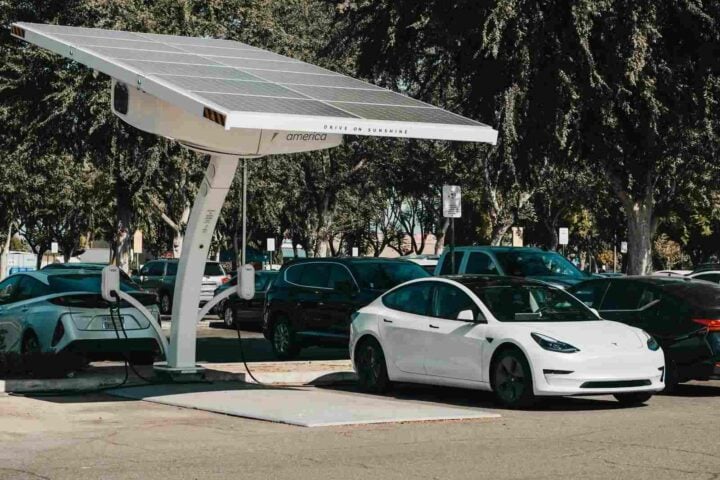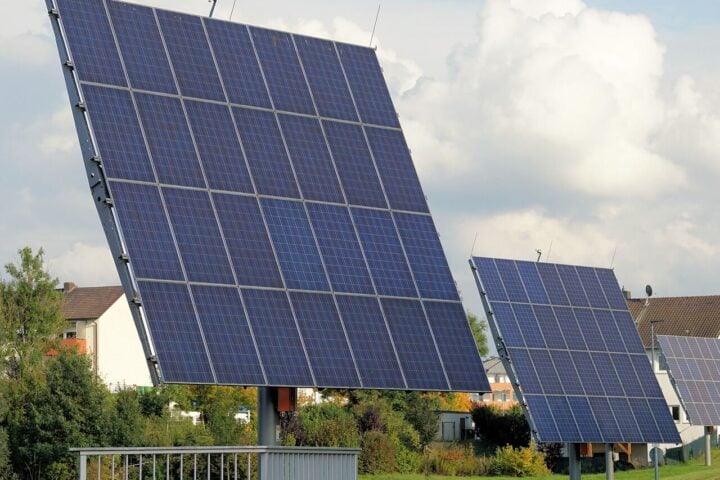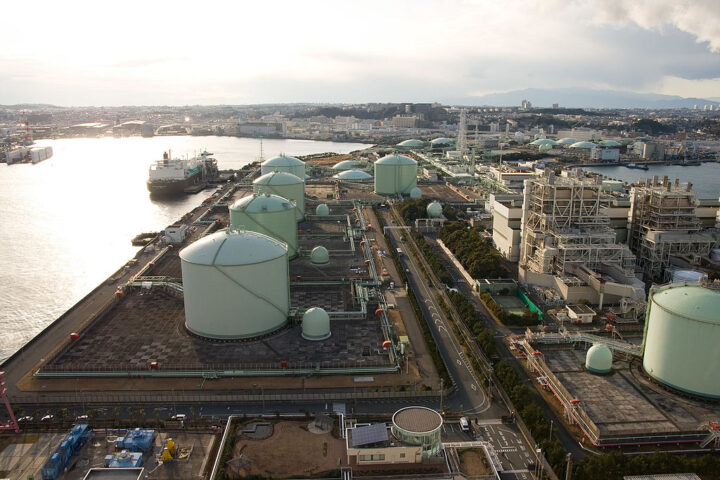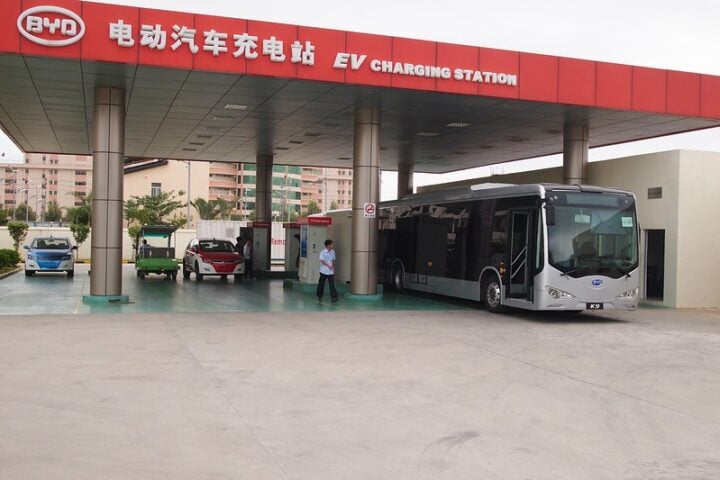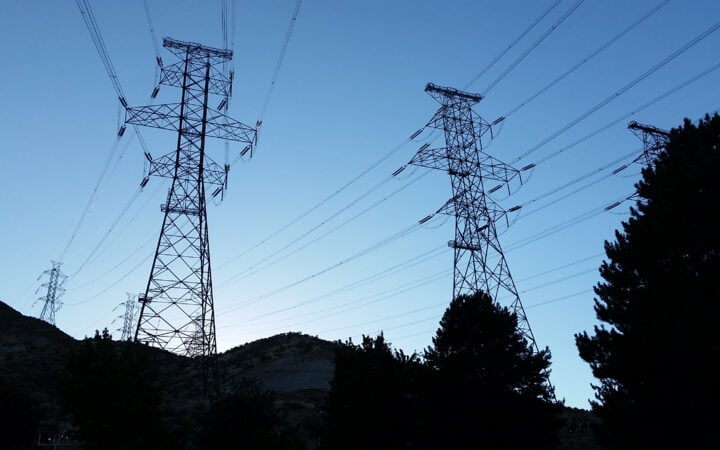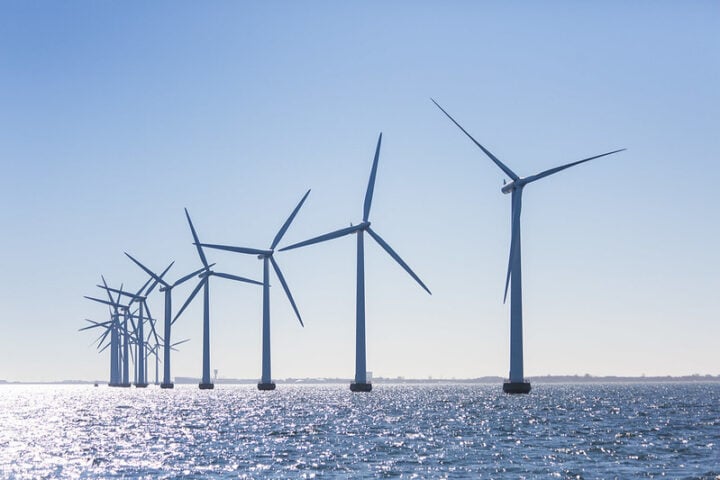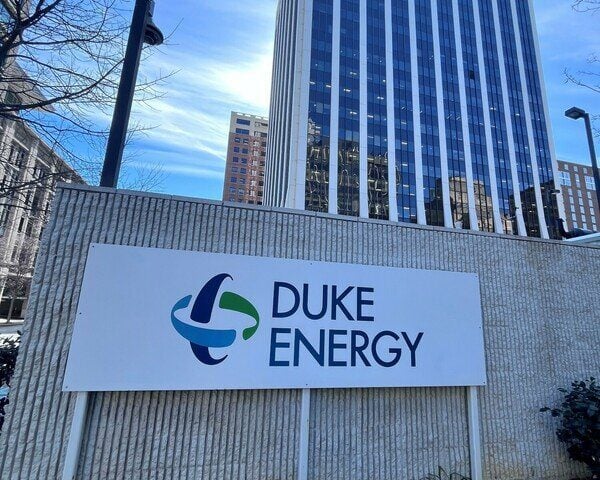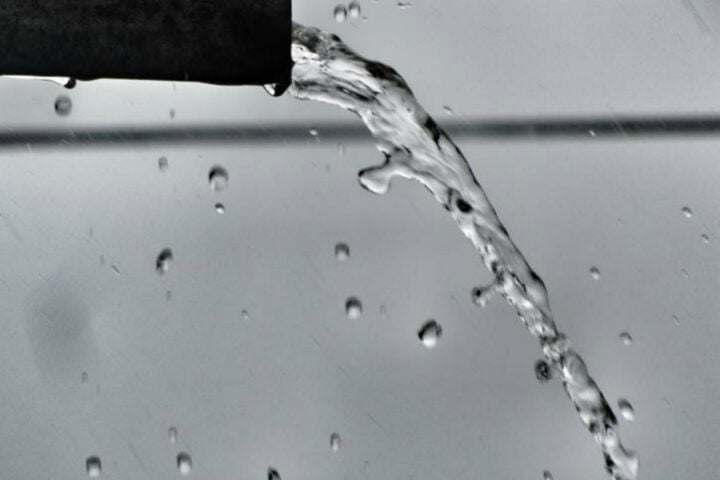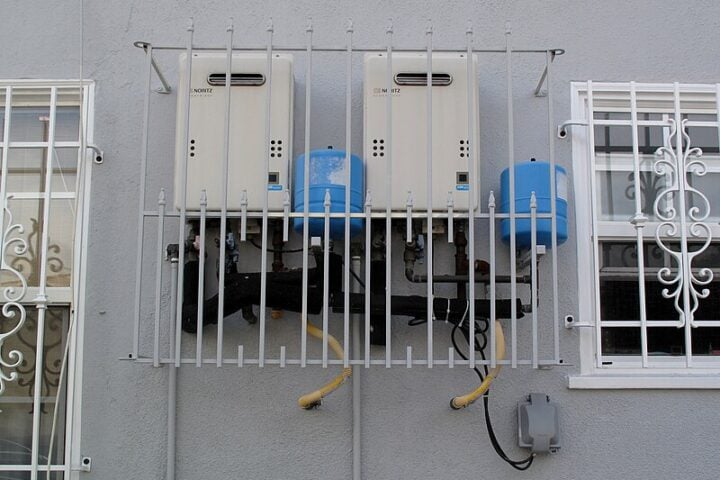Europe has been facing a hunt for new gas and cash shortages, however, despite the challenges, the European Union (EU) Green New Deal, aimed at making the bloc carbon-neutral by 2050, has held together. The latest data on Europe’s renewable transition shows a remarkably upbeat story about the hard things countries can accomplish on climate change with enough political will. By the end of 2022, wind and solar combined overtook natural gas in electricity generation. Renewable technology is getting reliably cheaper while its competitors are getting more expensive, making renewables more affordable. However, the Europe-Ukraine war brought new challenges for the EU, and European households and businesses turned to rooftop solar last year, adding three times as many gigawatts in 2022 as in the year before. Furthermore, energy efficiency has had its moment with voluntary measures playing a role in Europeans’ slashing electricity usage 20 percent. Better technology can also help to slash energy usage. This year is likely to see the beginning of the end of natural gas in Europe. Ember expects fossil fuel generation to fall by 20 percent, as hydro and nuclear rebound along with rising solar and wind.
Context: Europe’s Energy Situation
Before the Russia-Ukraine war, Europe’s energy needs were met by Russia, and Europe lacked pipelines and terminals to distribute gas from other parts of the world like the US. After sanctions on Russian oil and gas, instability led to high price shocks, fuel shortages, and a brief uptick in coal usage this winter. Despite the challenges, the EU Green New Deal, aimed at making the bloc carbon-neutral by 2050, has held together through the Ukraine shock, while fresh plans to slash dependency on Russian fossil fuels by 2027, using renewables and energy efficiency, are advancing.
Renewable technology is getting cheaper
Renewable technology is getting reliably cheaper while its competitors are getting more expensive, making renewables more affordable. By the end of 2022, wind and solar combined overtook natural gas in electricity generation. Solar capacity in Europe doubled since 2018 and is on track to triple in the next four years. Furthermore, energy efficiency has had its moment with voluntary measures playing a role in Europeans’ slashing electricity usage 20 percent. Better technology can also help to slash energy usage. Heat pumps require less energy than traditional furnaces and boilers, and heat pumps sales soared in 2022, doubling in countries like Poland, Italy, Austria, and the Netherlands.
Europe turns to renewables amid the crisis
The Europe-Ukraine war turned out to be the crisis to propel adoption of renewable energy. European households and businesses turned to rooftop solar last year, adding three times as many gigawatts in 2022 as in the year before. The good news from this crisis, if there is any, is that it has brought European leaders closer together. Europe’s energy policy is more coherent than ever and more ambitious, said Ani Dasgupta, president of the U.S-based World Resources Institute.
The end of natural gas in Europe
This year is likely to see the beginning of the end of natural gas in Europe. Ember expects fossil fuel generation to fall by 20 percent, as hydro and nuclear rebound along with rising solar and wind. Gas will fall the fastest because it’s now the most expensive fuel in Europe, due to the sanctions on Russia.
- Protected: How to add a schedule story link in Web Story Calendar?
- Uber’s Driverless Future: VW Partnership Adds Thousands by 2026
- Deep Sea Mining Fast-Tracked: US Aims For Billions In Minerals Surpassing All Land Reserves
- Bezos-Backed Electric Pickup Aims Below $28,000 Price; See Its Unique Design
- Four Spider Species Found in Northeast India; Half New for Nation’s Records
Lessons Learned
Despite the challenges faced by Europe, the EU Green New Deal has held together through the Ukraine shock, and fresh plans to slash dependency on Russian fossil fuels by 2027, using renewables and energy efficiency, are advancing. The crisis has brought European leaders closer together, and Europe’s energy policy is now more coherent than ever and more ambitious. The latest data on Europe’s renewable transition tells a remarkably upbeat story about the hard things countries can accomplish.
